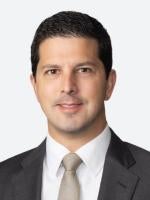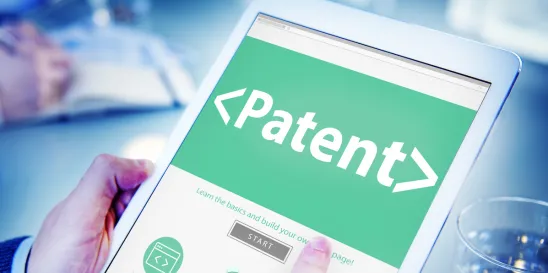Examiner interviews are a powerful but underutilized tool in patent prosecution. Last year, a whopping 75% of patent applications concluded without a single interview in their file history.i This data is remarkable since many consider interviewing cases to be a useful strategy for efficiently prosecuting patent applications. So, this begs the question: are interviews worth the extra cost? We reviewed the data to find out and uncovered a few surprises in the process.
I. Examiner Interviews Almost Always Result in a Higher Allowance Rate
The first revelation was no surprise – interviews correlate to higher allowance rates in all technology areas.ii
Allowance Rate With and Without Interview by Technology Center
This confirmed the conventional wisdom that interviews help obtain allowance by facilitating open conversations and building a rapport between the examiner and practitioner.
II. Examiner Interviews Almost Always Correlate to More Office Actions
To our surprise, applications with an interview correlate to more Office Actions. Here’s the data to prove it:
Average Office Actions With and Without Interview by Technology Center
This revelation was a surprise given the general perception that interviews lead to allowance more quickly. However further data helped explain that most interviews occur after several Office Actions when the “paper-only” approach was not successful. Thus, the interview did not cause the increased number of Office Actions. In fact, the opposite was true – a large number of Office Actions eventually prompted the practitioner to conduct the interview.
Average Number of Office Actions at Time of First Interview
Only 31% of interviews were conducted after the first Office Action. Practitioners otherwise delayed interviewing cases, waiting until at least the fourth Office Action in 25% of interviewed cases. Nearly 75% of patent applications were disposed of without a single interview.
III. So, What’s the Takeaway?
The takeaway is this: interview early and often. It is shocking that so many patent applications were not interviewed at any point in their pendency. For those that were interviewed, the data suggests many patent practitioners adhered to a paper-only approach until examination had progressed to a later stage. This resulted in unnecessary cost and delay to the applicant which could have been easily avoided with a direct phone conversation with the examiner.
Patent prosecution is a negotiation. And, like any negotiation, it is best to connect with your counterpart on a personal level and communicate clearly as early as possible.
[i] Data was obtained from the Juristat platform for disposed cases during the period January 1, 2023-December 31, 2023. This data excludes design patent applications.
[ii] The U.S. Patent and Trademark Office divides their examiners into separate “Technology Centers” based on technical areas of expertise. The listing of these Technology Centers is intended to convey the differences in data based on the technology examined by the examiners.




 />i
/>i

